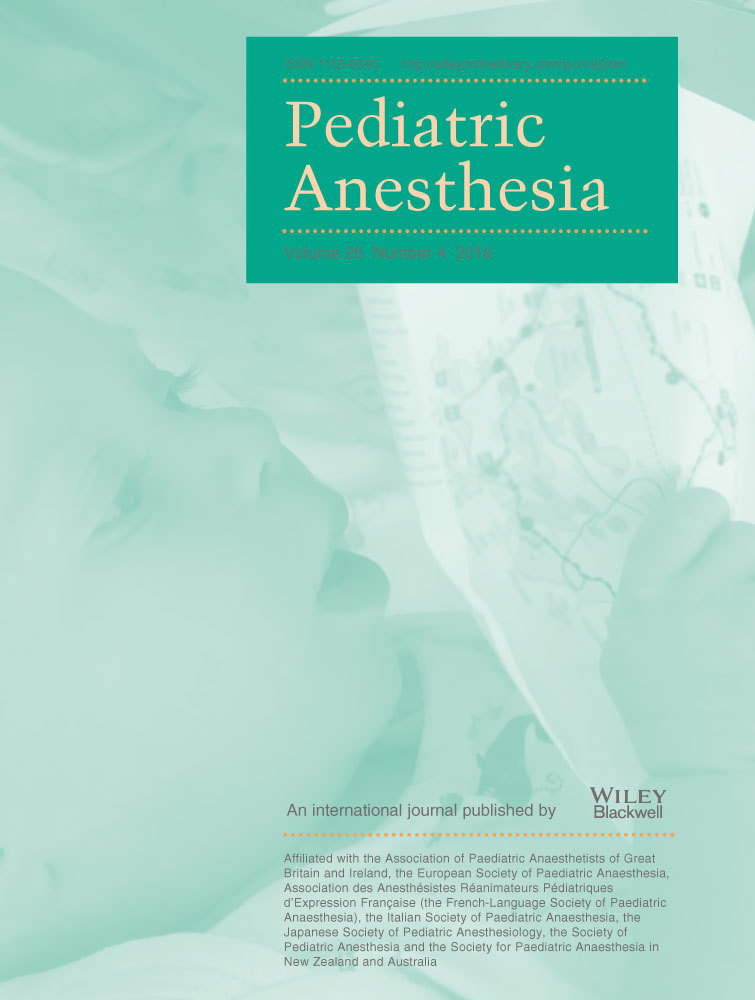Critical incidents, including cardiac arrest, associated with pediatric anesthesia at a tertiary teaching children's hospital
Summary
Background
Analysis of critical incidents provides valuable information to improve the quality and safety of patient care. This study identified and analyzed pediatric anesthesia-related critical incidents including cardiac arrests in a tertiary teaching children's hospital.
Methods
All pediatric anesthesia-related critical incidents reported in a voluntary departmental reporting system between January 2008 and August 2013 were included in the analysis. A critical incident was defined as (i) any incident that altered patients' vital signs and affected the management of patients while they were under the care of an anesthesiologist, and (ii) human factor: where patient injury or accidents were as a result of human error. Changes in vital signs that recovered spontaneously were excluded.
Results
During the 6-year study period, a total of 229 critical incidents were reported from 49 373 anesthetic procedures. The most frequently reported incidents were associated with the respiratory system (55%), with tracheal tube-related events accounting for 40.9% of respiratory incidents followed by laryngospasm (17.3% of respiratory incidents). Cardiac arrest occurred in 42 cases in this study (8.5 cases per 10 000 anesthetics). Cardiovascular problems were the major causes of cardiac arrest (66.7%), and incidents of cardiogenic shock and hemorrhage/hypotension contributed equally to the cardiac arrest induced by cardiovascular problems (each 16.7%). Human factor-related events accounted for 58.5% of all critical incidents of which 53.7% were respiratory events.
Conclusion
Despite recent improvements in safety of pediatric anesthesia, many preventable factors still remain that can lead to critical incidents.




